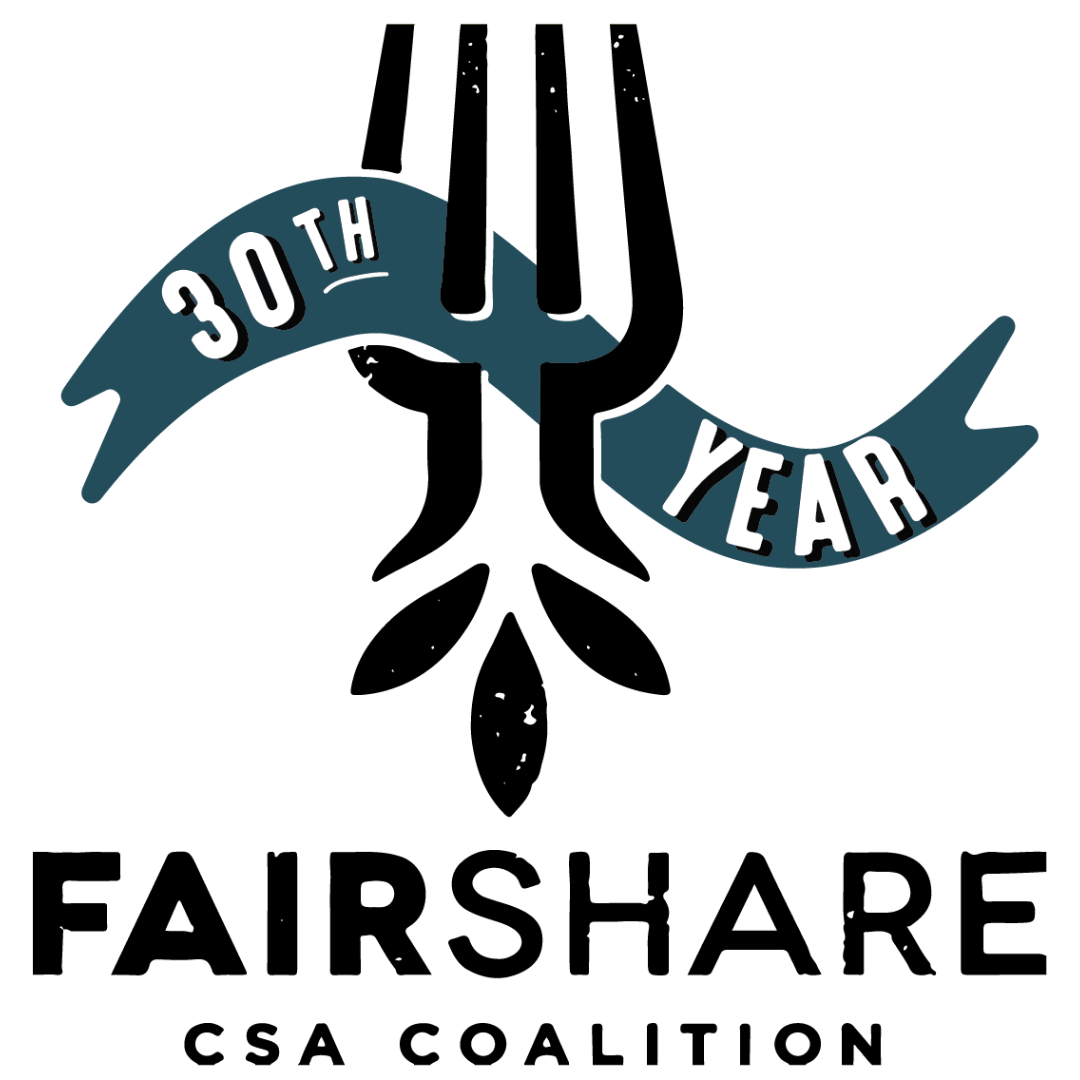Planting Hope on the Farm
/“The seed that gardeners hold in their hands at planting time are living links in an unbroken chain reaching back into antiquity. “ - Suzanne Ashworth, Seed to Seed
When it comes to farm planning, our eyes are always bigger than our stomachs when thinking about all that we can accomplish in the coming year. But isn’t that what farming is all about, hope? A seed is a perfect metaphor for hope. All the possibilities for a plant are contained in its seed. That is what we build our farm plan around. We start with thinking about the markets we will be selling to and then work our way backwards until we arrive at the types and number of seeds we will need to plant in order for our plans to have any hope of success. Wading through the 100s of varieties of crops to choose from is overwhelming, but also stimulating. It’s pretty amazing to think that the types and varieties of cultivated plants found in today’s seed catalogs is only a fraction of what used to be commercially available. Over the decades small seed companies have been slowly bought up and merged into the larger companies that bought them. When this consolidation happens invariably many of the lesser known varieties are dropped from the catalogs offering. I was blown away a few years ago when I learned that 99% of the commercially available seed sold in the world is owned by five companies. Consolation of the world’s seed sources threatens food security, which depends on genetically diverse, viable, and affordable seeds. These larger corporations have been much more likely to reduce the diversity of offerings in their seed catalogs, and appear ready to pare down the varieties they breed for commercial sale even further, particularly as they continue to merge into larger conglomerates.
Our farm also faces the other issue of finding high quality vegetable and fruit seeds that are not only certified organic, but also specifically bred to be adapted to organic growing practices. There is a severe lack of research and development focused on creating plants that thrive in a diverse ecosystem, where these plants have to be competitive within the natural environment. Most plants that are bred today are bred to fit into the commercial produce industry, which focuses on product uniformity, ease of harvest, and shelf-life; their flavor and nutrient content is typically sacrificed and lost in favor of these more “desired” traits. For many decades Land Grant Universities worked closely with small to medium size produce farms to help farmers breed better plants. This system has been dramatically eroded over the years, especially with drastic cuts to funding these programs meaning less and less federal dollars for funding agricultural research. Far fewer programs are breeding plants to develop their natural resistance to diseases and drought, as this is no longer the focus of the large corporate seed industry. Instead the dominant seed corporations are squeezing larger profits out of genetically engineered plants that are entirely dependent on their synthetic chemical support systems, even as their over all yields continue to drop.
It’s not all gloom and doom however! There are still fantastic University Extension and Research faculty that are working closely with farmers. Locally we have people like Dr. Jaime Pinero (Lincoln University Cooperative Extension) and Dr. Cary Rivard (Kansas State University Extension and Research) that work closely with farmers and conduct research that directly benefits them. There are also countless small, community-based, seed saving and breeding efforts across the country and the world. In 2003, I had the honor of spending four months walking the North Island of New Zealand with the woman who started the largest seed bank in the Southern hemisphere, Koanga Gardens. As we went from community to community, we shared the story of the seeds and their connection with our lives. There are many others telling the story of the seeds across the United States. Seed Savers in Iowa has been doing this for decades. The Baker Creek Seed Company of Missouri also offers many interesting and diverse seeds. Their catalog of seeds available is beautiful and inspiring.
In terms of local breeding, the North Central Region Sustainable Agriculture Research and Education program has funded breeding programs specifically for organic farming systems. I went to a track at the Great Plains Growers Conference on new tomato varieties for organic systems that the University of Wisconsin is working on. Keith Muller (aka KC Tomato) dedicates countless hours and hard work breeding tomato varieties right here in the Kansas City region. There are also community initiated seed libraries being created and housed in our public libraries (check out the one at KC Ruiz branch). Additionally there is the Seed Savers KC group that hosts plant and seed exchanges every Spring (shout out to Dana McDaniel and the others that organize this group!). Farmers and all other food eaters can and should get involved and make their voices heard on this issue! The internet does make this possible (The Bayer-Monsanto merger is being considered for approval right now!).
It continues to amaze me that there are less than 100 types of fresh produce available in the typical US grocery store, even though there are over 20,000 edible plants found in nature. Personally, I can barely handle the 150+ varieties that we currently grow, but I am always pulled to try new things! This year, in the farm plan I have written in the intention to add a few new plant varieties and to do more seed saving from the plants grown on the farm. Organic farming believes that strong, healthy, natural soils produce strong, healthy, natural foods. But we need to continue breeding our fruits and vegetables properly so that their seeds can make the most of the organic soils that they sprout in!





